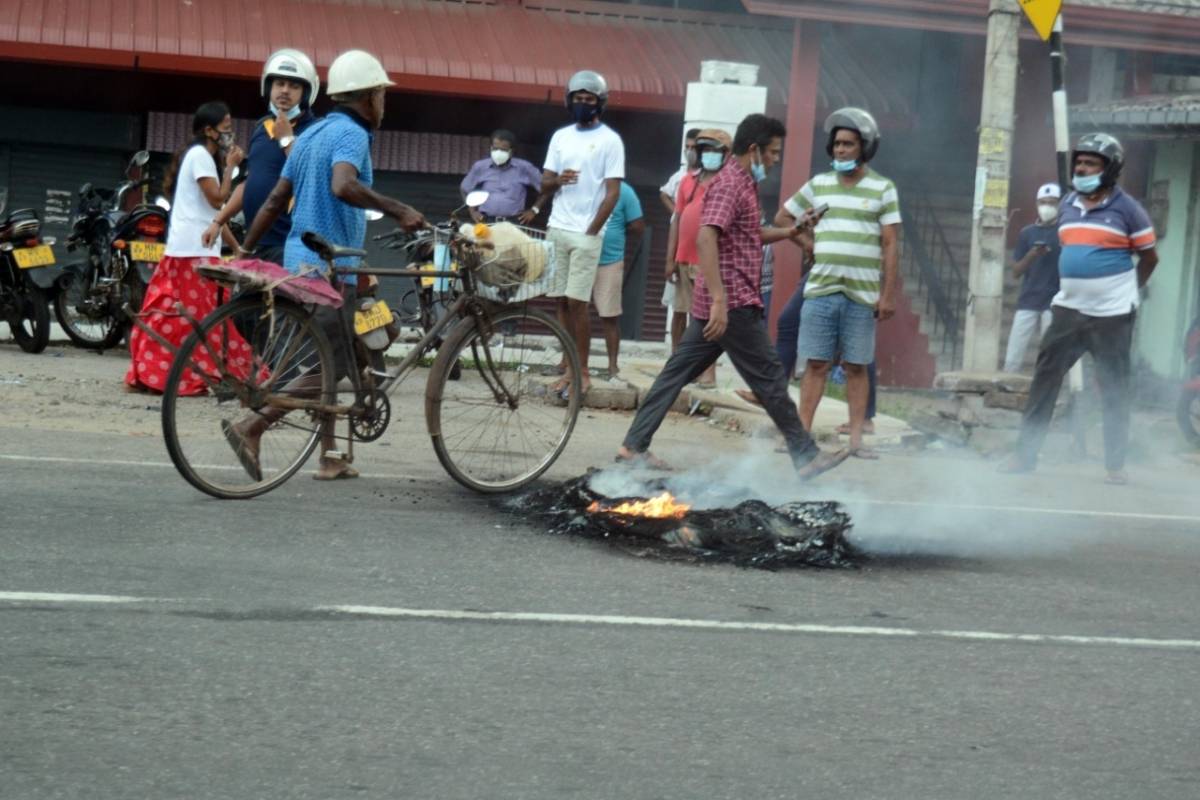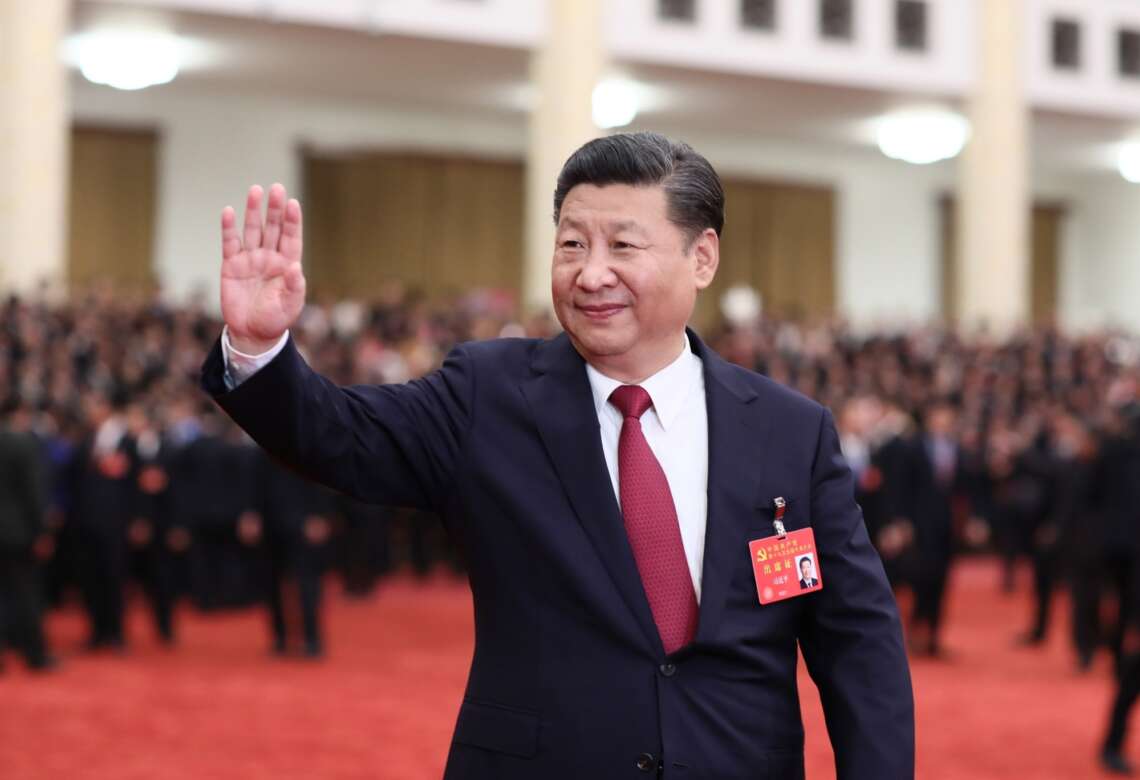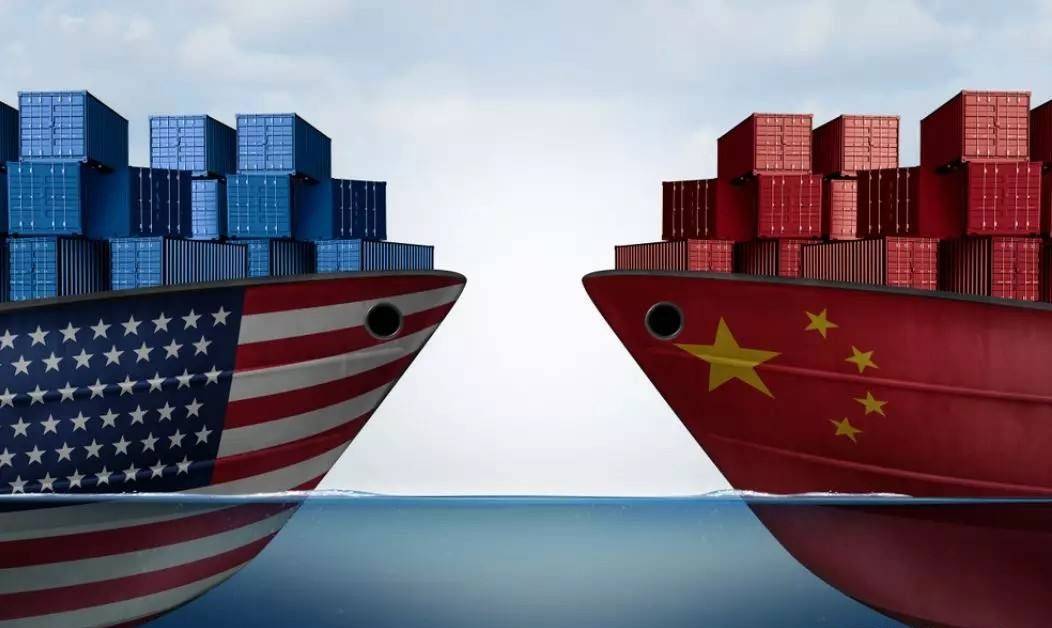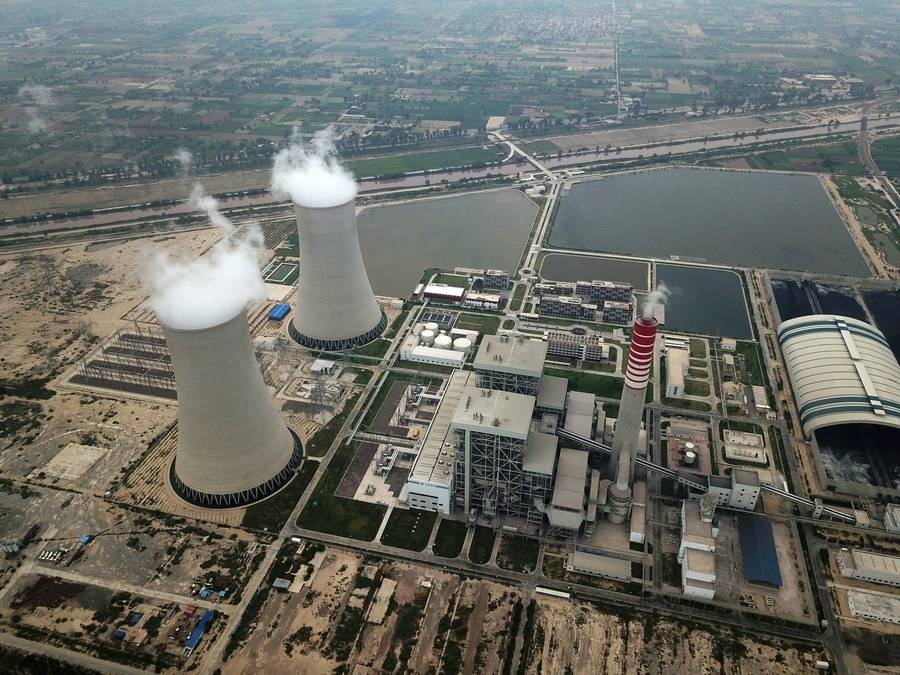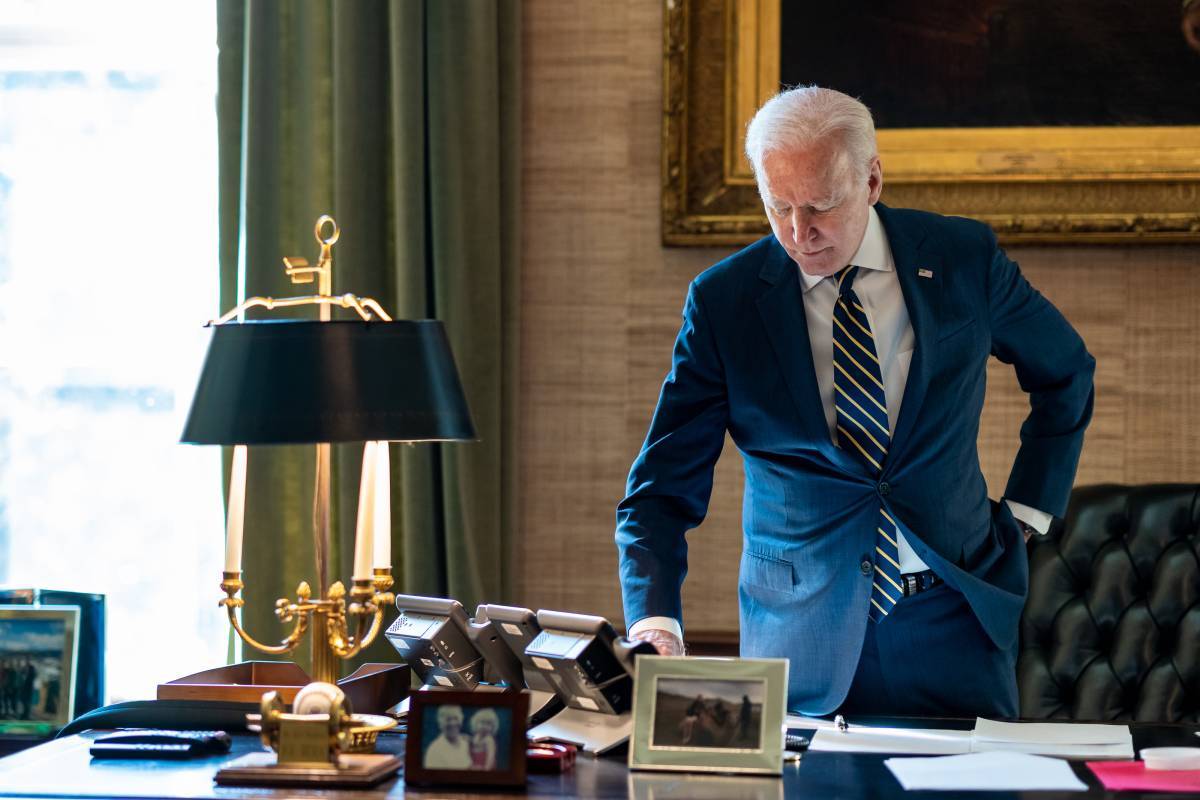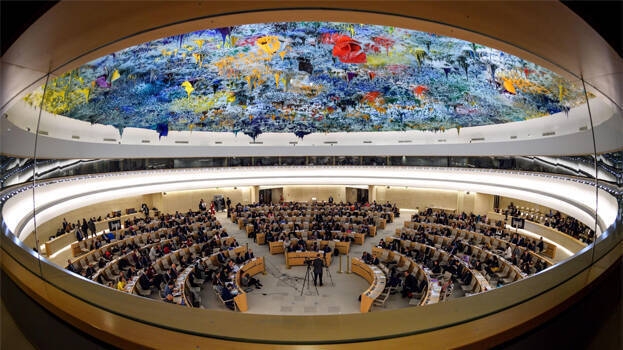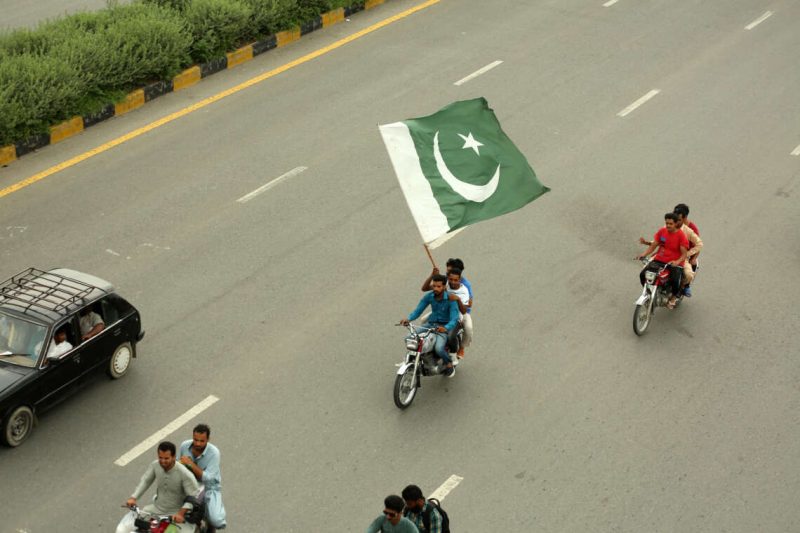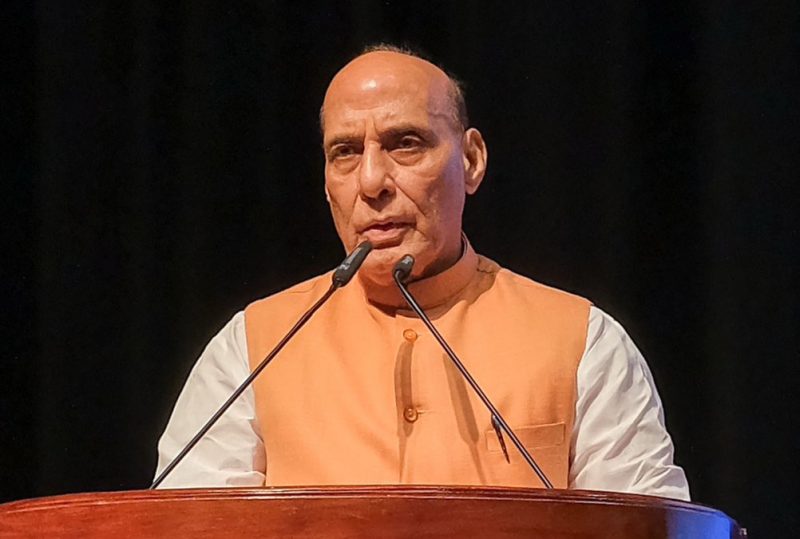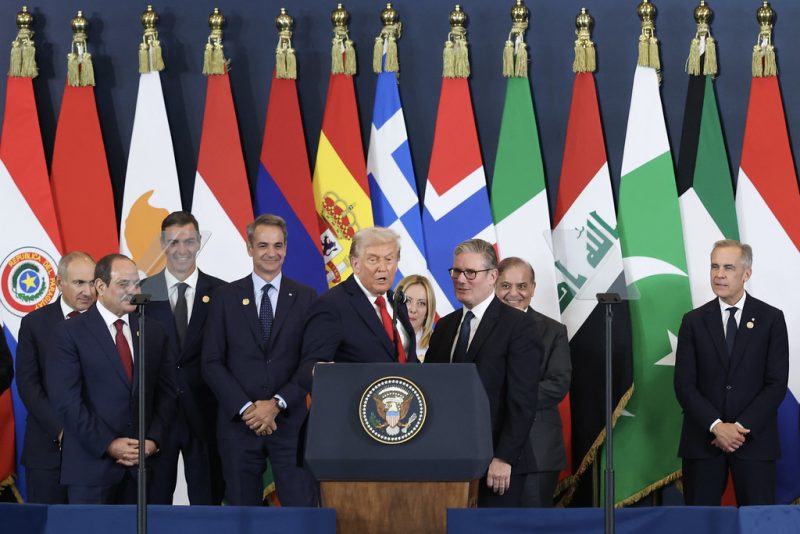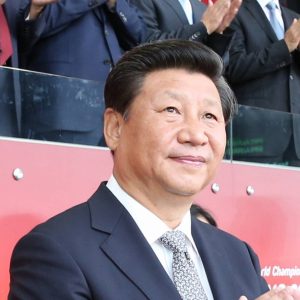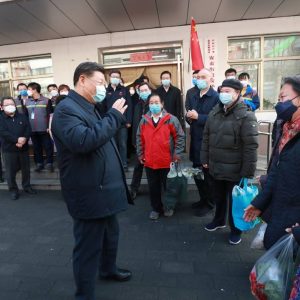While actual numbers and data might just corroborate this theory only to a certain extent, the presence of hidden’ Chinese debts tells a different story altogether and demands scrutiny vis-a-vis Sri Lanka…writes Bhavdeep Modi
Amid the geopolitical chaos due to the Russia-Ukraine war and the economic slowdown since the outbreak of the Covid-19 pandemic, Sri Lanka entered into one of its worst economic crises ever.
A severe shortage of foreign currency has left common Sri Lankans desperate for essentials like fuel, while food shortages, rising inflation and long power cuts have added to their misery. As a result, Sri Lankan President Gotabaya Rajapaksa declared an emergency on May 5, after sustained protests by citizens and students.
The shortage of foreign currency playing a key role in Colombo suffering this fate has led many people to question China’s loan structure under the Belt & Road Initiative to Sri Lanka amid allegations of debt-traps and its role in the current Sri Lankan crisis.
While actual numbers and data might just corroborate this theory only to a certain extent, the presence of hidden’ Chinese debts tells a different story altogether and demands scrutiny vis-a-vis Sri Lanka.

Hidden Debts: Going Beyond the Known
The news of Sri Lanka handing over the Hambantota Port and the Colombo Port City to China on a 99-years lease as a result of non-repayment of loans spread like wildfire when it happened. Chinese debt-traps under Xi Jinping’s ambitious Belt & Road Initiative have caught the eye of China-watchers around the globe, but the case of Sri Lanka, given the current crisis, requires deeper analysis.
The handing over of the two ports by Sri Lanka to China is a phenomenon that is visible to the naked eye. However, in October 2021, it was reported that China has left many low and middle-income countries (LMICs) in “hidden debts” to the tune of $385 billion.
With BRI currently involved in close to 25 infrastructure projects with Sri Lanka, the room available for Beijing to collateralize and eventually take control of other key strategic areas, is huge and presents potential risks. Hambantota Port and the Port City of Colombo (PCC) are known victims. We do not know the real story behind all the others yet.
The reason behind the unknown fate is the aspect of secrecy. BRI projects across the world have been shrouded in secrecy and various allegations have been made against Chinese companies operating there – corruption, misuse of labor laws, environmental issues and public protests.
But China has managed to escape laws simply because of the fact that it is investing huge sums of money in countries like Sri Lanka which are in dire need of it and end up getting coerced into it. An interesting piece of evidence that exists to corroborate how China “buys influence” is how China National Tobacco Corporation (CNTC) is doing so in Brazil to further its own goals.
In the case of Sri Lanka, this “unknown aspect” of the real extent of Chinese debt-traps is something that has definitely played a role in pushing Colombo into a debt-trap which is real indeed. Moreover, the allegations of corruption, which are widespread, means that money has been diverted to individuals instead of being used for public welfare, thus pushing the economy into a crisis.
These can be identified as “indirect costs of BRI debt-traps” that have engulfed Sri Lanka into a financial crisis. What is even more problematic is the fact that it will be a mammoth task to quantify the extent of such “hidden debts” in Sri Lanka. But does it mean that China has not contributed to the Sri Lankan crisis? Indeed not. China has inflicted these costs, but unfortunately, will escape liability for the same due to the lack of transparency and data.

Assessing Future Threats
China’s foreign policy and domestic policies have time and again exposed its revisionist tendencies that are aimed at shifting the global order in its favour. And a major driver of this philosophy is the Belt & Road Initiative and the overall Chinese global infrastructure financing systems.
Sri Lanka, being strategically placed within the Indian Ocean Region (IOR) thus provides China with a good bet to enhance its presence and control in the Indo-Pacific – a key for its foreign policy. Moreover, Sri Lanka being a developing country in need of assistance, also adds to its charm for China to take control of it.
Given how Mandarin-only sign boards for factories and manufacturing units have found their way into Sri Lanka, silently removing Sinhalese and Tamil language from the fray, it is indeed crucial for Colombo to be cautious while engaging with Beijing on the economic front.
Firstly, Sri Lanka should realize and compute the “hidden costs” that China is inflicting upon them and accept its contribution, however small or large, in being one of the factors pushing it into a financial crisis.
Secondly, with China pushing aid to Sri Lanka during the crisis, should also be seen from a futuristic angle that portends a worrying pattern. The nature of collateralisation and a give-and-take mentality of China is something Sri Lanka should be wary of.
At a time when it is dealing with the financial crisis, Colombo should exercise caution in engaging with China on the economic front. It would not come as a surprise if China were to gain control of some strategic areas of Sri Lanka out of the 25 infrastructure projects it has undertaken under the BRI if Colombo is not able to escape their repayment models based on collateralisation.
Therefore, a future economic policy that does not depend on just one country for loans and aids and instead focuses on diversification, is something that Sri Lanka needs to focus its energies on.
(Bhavdeep Modi is currently serving as a research analyst for Global Policy Insights, a centrist policy institute with offices in New Delhi, London and Washington. He also serves as a visiting consultant with ORCA India, a New Delhi-based think-tank.)


